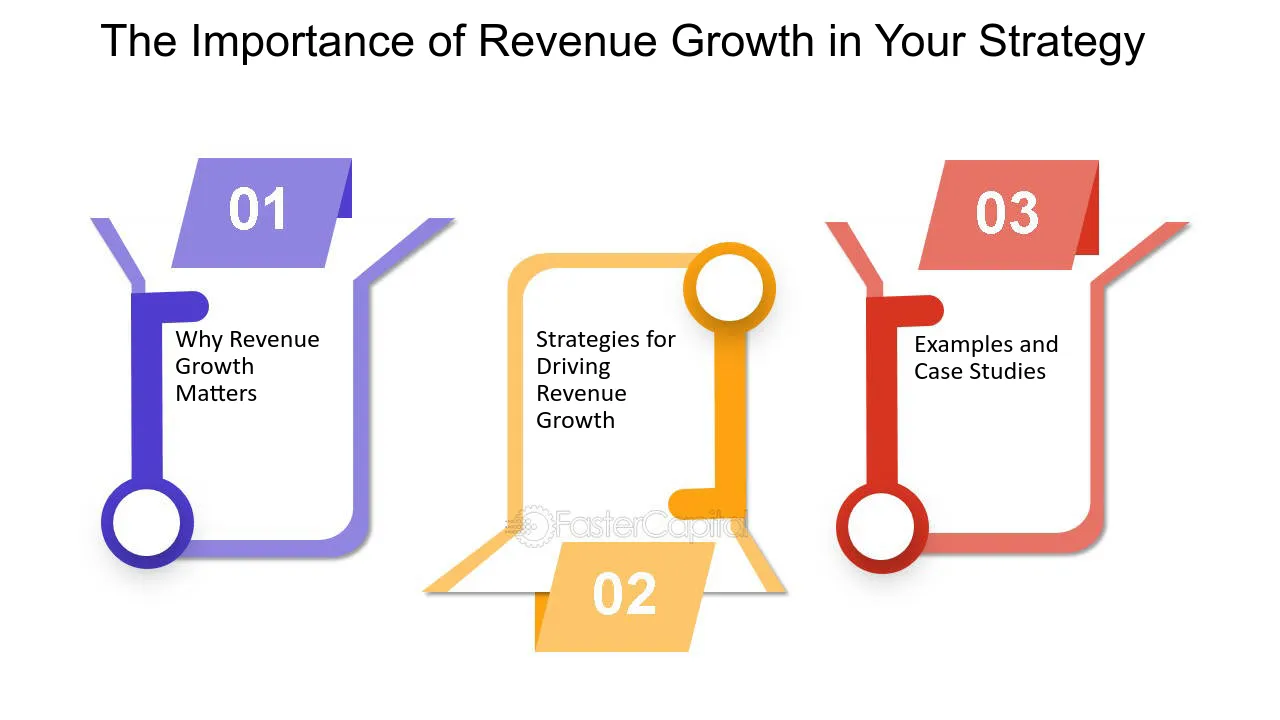In the B2B technology sector, where innovation moves at lightning speed and competition is fierce, generating leads that convert into loyal customers requires more than just cutting-edge solutions—it demands genuine human connection. While AI chatbots, automated emails, and programmatic ads dominate modern marketing strategies, telemarketing remains a uniquely powerful tool for cutting through the noise and building relationships with high-value decision-makers. For B2B tech companies, telemarketing isn’t just about making calls—it’s about sparking conversations that drive growth. Here’s how to refine your strategy for maximum impact.
Why Telemarketing Thrives in the Age of Automation
- The Trust Factor
In an era of spam filters and ad fatigue, decision-makers crave authenticity. A well-executed telemarketing call fosters trust faster than a dozen automated emails. - Navigating Complex Sales Cycles
B2B tech sales often involve multi-layered decision-making processes. Telemarketers can identify pain points, align stakeholders, and nurture relationships over time—something impersonal channels can’t replicate. - Hyper-Targeted Outreach
With advanced data analytics, telemarketers can now target prospects based on real-time triggers, such as website visits, webinar attendance, or funding announcements. - Real-Time Qualification
Unlike forms or chatbots, a live conversation instantly reveals a prospect’s readiness to buy, budget constraints, and decision-making authority. - Synergy with ABM (Account-Based Marketing)
Telemarketing is a linchpin in ABM strategies, allowing teams to personalize outreach for high-priority accounts and orchestrate multi-touch campaigns.
Building a High-Performance Telemarketing Strategy
Step 1: Define Your Ideal Prospect
- Go beyond firmographics: Identify behavioral triggers (e.g., companies adopting cloud migration, hiring IT staff, or expanding into new markets).
- Leverage intent data: Use tools like Bombora or 6sense to pinpoint accounts actively researching solutions like yours.
Step 2: Craft a Compelling Narrative
B2B tech buyers are inundated with jargon. Differentiate your pitch by:
- Focusing on outcomes (e.g., “Reduce downtime by 40%” vs. “Our software uses AI”).
- Using industry-specific case studies (e.g., “How we helped a fintech startup scale securely”).
Step 3: Equip Your Team with Tech-Forward Tools
- AI-Powered Dialers: Tools like RingCentral or Aircall automate dialing and log call data.
- Conversation Intelligence: Platforms like Gong or Chorus analyze call patterns to refine scripts and identify winning strategies.
- CRM Integration: Sync calls with HubSpot or Salesforce to track lead journeys and trigger follow-up actions.
Step 4: Train for Technical Expertise
Your telemarketers must:
- Understand your product’s technical differentiators.
- Speak fluently about compliance (e.g., GDPR, SOC 2) and integration capabilities.
- Handle objections like “We already have a vendor” with ROI-driven rebuttals.
Step 5: Adopt a Multi-Channel Rhythm
- Pre-Call Warm-Up: Send a personalized LinkedIn message or email referencing the prospect’s recent blog post or company news.
- Post-Call Nurture: Share a tailored resource (e.g., a ROI calculator or demo video) based on the conversation.
Advanced Tactics for B2B Tech Telemarketing Success
- The “Challenger” Approach
- Educate prospects on overlooked pain points (e.g., “83% of SaaS companies overspend on redundant tools—are you?”).
- Position your solution as the antidote to their hidden challenges.
- Leverage Trigger Events
- Target companies experiencing mergers, leadership changes, or cybersecurity incidents.
- Example: “I noticed your CTO mentioned upgrading legacy systems in a recent interview—we specialize in seamless migrations.”
- Collaborate with Sales Engineers
- Bring technical experts into calls for live demos or to answer niche questions.
- This builds credibility and accelerates the sales cycle.
- Gamify Performance
- Reward reps for booking meetings with C-suite contacts or uncovering net-new opportunities.
Overcoming B2B Telemarketing Challenges
- Gatekeepers: Use a consultative tone: “I’d like to discuss how we helped [Similar Company] optimize their DevOps pipeline. Is [Name] the right person to connect with?”
- Long Sales Cycles: Implement a lead scoring system to prioritize “hot” prospects and nurture others with drip campaigns.
- Global Outreach: Partner with bilingual agents or local agencies to navigate cultural nuances in international markets.
The Future: Telemarketing Meets AI and Automation
- Predictive Dialers with AI
AI tools like Dialpad analyze call sentiment in real time, prompting reps to adjust their tone or escalate to a manager. - Voicebots for Lead Qualification
Deploy AI voice assistants to handle initial outreach, filter unqualified leads, and schedule follow-ups with human reps. - Personalization at Scale
Dynamic scripting tools pull data from CRMs to customize pitches in real time (e.g., “I saw your team attended AWS re:Invent—our tool integrates seamlessly with S3”).
Case Study: How a Cybersecurity Firm Scaled with Telemarketing
Challenge: A mid-sized cybersecurity firm struggled to reach CISOs at enterprise companies.
Solution:
- Trained reps to lead with industry-specific threat analysis reports.
- Integrated call data with LinkedIn Sales Navigator to cross-reference stakeholders.
- Used conversational AI to track keyword mentions (e.g., “ransomware,” “zero-trust”).
Result: 35% increase in qualified meetings and a 20% shorter sales cycle.
Conclusion: Telemarketing as a Competitive Edge
For B2B technology companies, telemarketing isn’t a relic—it’s a secret weapon. By blending human empathy with data-driven insights and modern tools, you can turn cold calls into warm conversations and prospects into partners. In an industry where relationships dictate success, telemarketing ensures your voice is heard above the digital din.
Ready to dial up your growth? Start by auditing your current strategy, investing in training, and embracing the tools that bridge the gap between personalization and scale.




